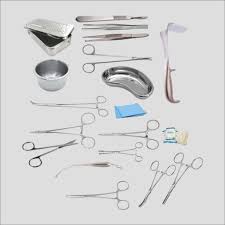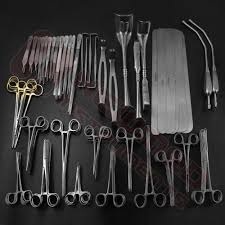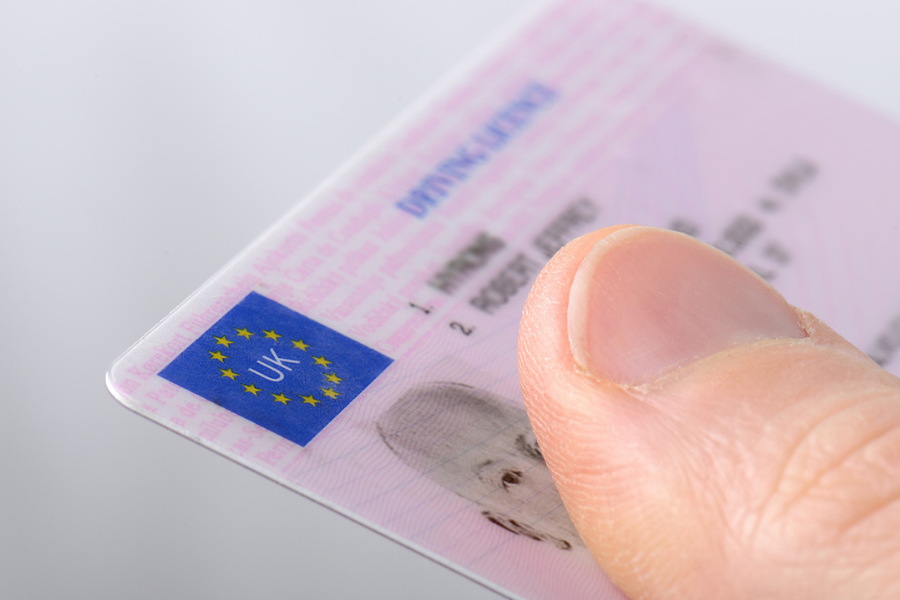
Pakistan has emerged as a global powerhouse in the production of Surgical instruments, particularly from the city of Sialkot, which is responsible for over 99% of the country’s output. Renowned for its skilled craftsmanship and cost-effective manufacturing, Pakistan supplies high-quality medical tools to over 140 countries, contributing significantly to global healthcare systems.

Pakistan’s Dominance in Surgical instruments Manufacturing
Sialkot, often called the “City of Medical Instruments,” is the heart of Pakistan’s medical industry, producing approximately 150–170 million pieces annually. The industry, which began in the late 19th century under British colonial rule, has grown into a vital economic sector, employing around 550,000 workers and contributing 0.13% to Pakistan’s GDP. Around 95% of Pakistan’s Surgical instruments are exported, with an annual export value of approximately $447 million in 2023, representing 1.55% of the country’s total exports. Major export destinations include Germany, the United Kingdom, France, Belgium, and the Netherlands, which together account for 78% of Pakistan’s total Surgical instruments exports. The United Kingdom, in particular, is a significant buyer, with a large portion of Surgical instruments used by the National Health Service (NHS) originating from Sialkot. These Medical instruments include scalpels, forceps, scissors, and specialized tools for fields like neurosurgery, orthopedics, and cardiovascular surgery.
Why Pakistan Leads in Surgical Instruments but Lags in Market Share?
Pakistan’s competitive edge lies in its combination of skilled artisans, cost-effective production, and adherence to international standards like ISO and CE certifications. Approximately 60% of the Surgical instruments are reusable, while 40% are disposable, catering to diverse global demands. Other major export markets include the United States (27%), Brazil, Italy, UAE, Japan, Mexico, and Russia.
Despite its strengths, Pakistan holds only a 0.7% share of the global Surgical instruments market (valued at $17 billion), largely due to its role as an Original Equipment Manufacturer (OEM) for international brands, which limits direct branding and higher profit margins.
Other Countries in Medical Instrument Production
While Pakistan is a leading producer, other countries also play significant roles in the global Surgical instrument market. Below is an overview of key competitors and their estimated production contributions:
- Germany:
- Production Share: Germany is a major player, particularly in high-tech and precision Surgical instruments, with Tuttlingen being a key hub. It accounts for approximately 20–25% of global production, focusing on premium, high-value instruments.
- Strengths: German manufacturers, such as those in Tuttlingen, are known for innovation, advanced technology, and strong branding. They often rebrand Pakistani instruments for higher profits.
- Challenges: Higher production costs make German instruments more expensive. Some German firms have outsourced manufacturing to Pakistan, closing local facilities.
- China:
- Production Share: China contributes around 15–20% of global Surgical instruments production, focusing on disposable and mass-produced tools.
- Strengths: China leverages advanced technology, low labor costs, and large-scale production to compete on price. Its exports are growing, particularly to Asia and emerging markets.
- Challenges: Quality concerns and less emphasis on manual craftsmanship compared to Pakistan limit its penetration in premium markets.
- United States:
- Production Share: The U.S. accounts for roughly 10–15% of global production, specializing in high-tech, specialized instruments like fiberoptic tools and surgical implants.
- Strengths: The U.S. excels in innovation and regulatory compliance (e.g., FDA standards), but it relies heavily on imports from Pakistan for cost-effective manual instruments.
- Challenges: High labor and production costs reduce its competitiveness in manual instrument manufacturing.
- Other Countries (Malaysia, Hungary, Poland):
- Production Share: Combined, these countries contribute approximately 5–10% of global production, with smaller hubs like Penang (Malaysia), Debrecen (Hungary), and Warsaw (Poland).
- Strengths: These countries focus on niche or regional markets, often producing lower volumes of specialized Surgical instruments.
- Challenges: Limited scale and global market presence compared to Pakistan, Germany, or China.
Global Market Share and Comparative Analysis
The global Surgical instruments market is highly competitive, with the following approximate production shares based on available data:
- Pakistan: produces 50–70% of the world’s manual medical instruments, yet captures just 0.7% of the global market value due to reliance on OEM-based exports.
- Germany: 20–25% of production, with a higher share of market value (30–40%) due to premium pricing and branding.
- China: 15–20% of production, with a growing share in disposable instruments.
- United States: 10–15% of production, dominant in high-tech segments.
- Others: 5–10%, covering smaller producers like Malaysia, Hungary, and Poland.
Pakistan’s high production volume is driven by its cost-effectiveness and skilled workforce, but its low market share in value terms reflects challenges like lack of branding, reliance on imported steel (40% from Germany), and limited investment in R&D. Germany and the U.S. dominate high-value markets due to innovation and strong branding, while China competes on scale and price.
Conclusion
Pakistan, particularly Sialkot, is the world’s leading producer of manual Surgical instruments, supplying 50–70% of global demand with exports to over 140 countries. While Germany, China, and the U.S. are significant competitors, Pakistan’s cost-effectiveness and craftsmanship make it a cornerstone of the global healthcare supply chain. By addressing challenges like branding, technology adoption, and ethical labor practices, Pakistan can further solidify its position and increase its share of the $17 billion market. As demand for precision medical tools grows, Pakistan’s role as a global leader remains unmatched, offering both quality and affordability to healthcare systems worldwide.
This data is verified, and we’ve included reliable references for your review. If you have any insights, corrections, or would like to contribute, please don’t hesitate to contact us.
References:
- Trend Economy. (n.d.). Pakistan HS Code 9018: Export Data. https://trendeconomy.com/data/h2/Pakistan/9018
- APO Tokyo. (n.d.). Elevating Pakistan’s Surgical Instrument Industry: Enhancing Productivity & Sustainability through Lean Manufacturing. https://www.apo-tokyo.org/aponews/elevating-pakistans-surgical-instrument-industry-enhancing-productivity-sustainability-through-lean-manufacturing/
our Other blog : Top 10 Most Powerful Armies in the World in 2025






